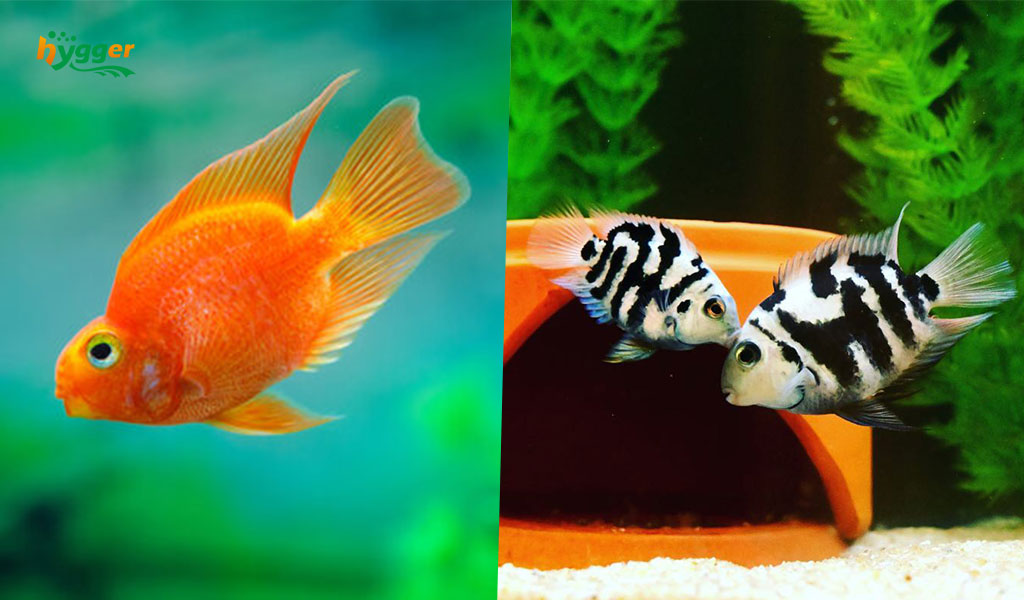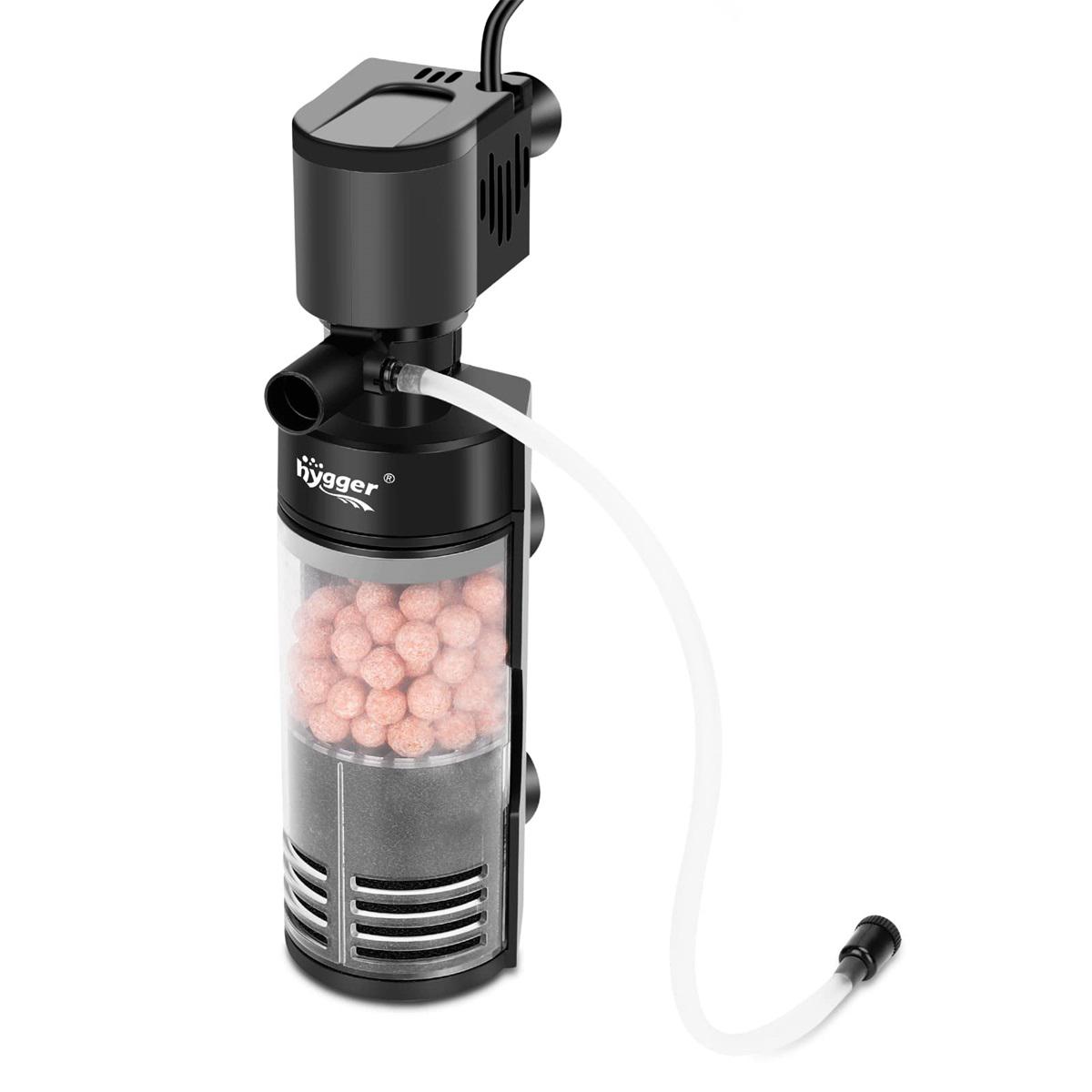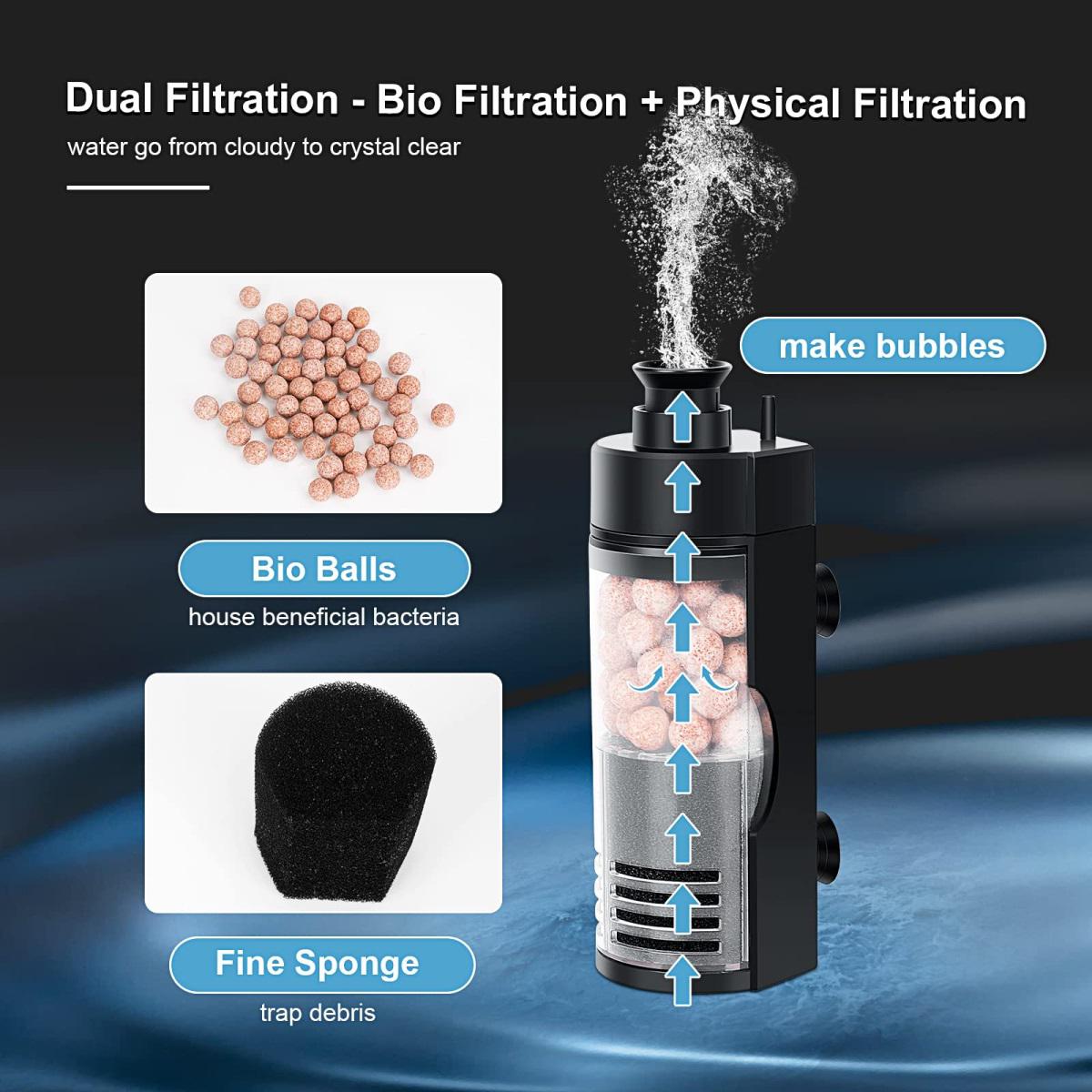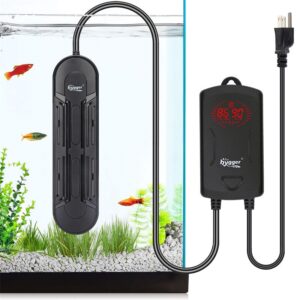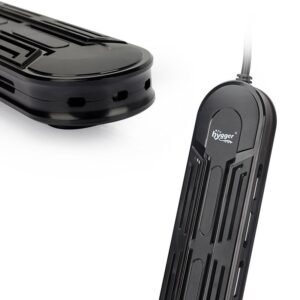Fish Profile – Do Parrot Fish Have Teeth
Featuring brilliant colors, unique beak-like mouths, and peculiar teeth, parrot fish is one of the popular fish among aquarium enthusiasts. If you know little and have an interest in learning more about parrot fish, just read on. In this guide, we will delve into parrot fish.
Parrot fish profile
Get to know parrot fish
Most parrot fish are known for their vibrant colors and unique body shape. Their bodies are often adorned with various patterns and hues. Also, a beak-like mouth resembling a parrot’s beak gives them the name – parrot fish.
Interestingly, unlike traditional vertebrate teeth, parrot fish teeth are located deep within their throat, rather than fixed in their jaws. Their teeth can be used for scraping and crushing the hard surfaces of their diet. As the outer layers of their teeth wear down from the constant grinding, new layers of teeth are generated to maintain their efficiency.
Besides that, parrot fish can vary in size. For different species, their size ranges from 6 inches to over 3 feet in length. In saltwater tanks, parrot fish prefer shallow and clear water with abundant corals. Plus, they are active and always live in groups. Some species can even change their sex over the lifespan.
Origin of parrot fish
Parrot fish are widely distributed in tropical and subtropical waters around the world. They can be found in the Indo-Pacific region, including the Red Sea, the Indian Ocean, and the Pacific Ocean. They are also present in the Caribbean Sea and the Gulf of Mexico.
Are parrot fish freshwater fish
| Freshwater aquarium | Saltwater aquarium | |
| Common parrot fish | Blood Parrot Cichlid (not true parrot fish)
Tips: Parrot fish are primarily marine fish and are not typically kept in freshwater aquariums. |
1. Green Humphead Parrotfish (Bolbometopon muricatum) 2. Blue Parrotfish (Scarus coeruleus) 3. Red Sea Parrot fish (Scarus ferrugineus) 4. Yellowtail Parrot fish (Scarus taeniopterus) |
| Rare parrot fish | / | 1. Clarion Parrotfish (Scarus coelestinus) 2. Japanese Parrot fish (Scarus prasiognathos) 3. Indian Parrot fish (Scarus ghobban) 4. Bicolor Parrot fish (Cetoscarus bicolor) |
Parrot fish breeding
Breeding parrot fish in captivity can be challenging, particularly in the face of complex reproductive behaviors and specific environmental requirements. The following are some general considerations and guidelines for parrot fish breeding.
Tank setup
Provide a spacious tank with ample hiding places, great water filtration, and stable water quality. Parrot fish may require a tank size of at least 75 gallons or larger, depending on the species.
Pairing
It is important to have a compatible male and female parrot fish for breeding. Just introduce them to the breeding tank simultaneously and monitor their behavior closely. It may be necessary to try different pairings to achieve compatibility.
Environmental conditions
Parrot fish breeding often requires specific water parameters. Maintain a stable temperature, typically between 78-82℉(25-28℃), and a pH level ranges from 7.8 to 8.4. Good water quality with regular partial water changes is essential.
Spawning site
Parrot fish typically prefer flat surfaces or vertical structures for spawning. Provide suitable spawning sites, such as flat rocks, PVC pipes, or ceramic tiles, in the breeding tank.
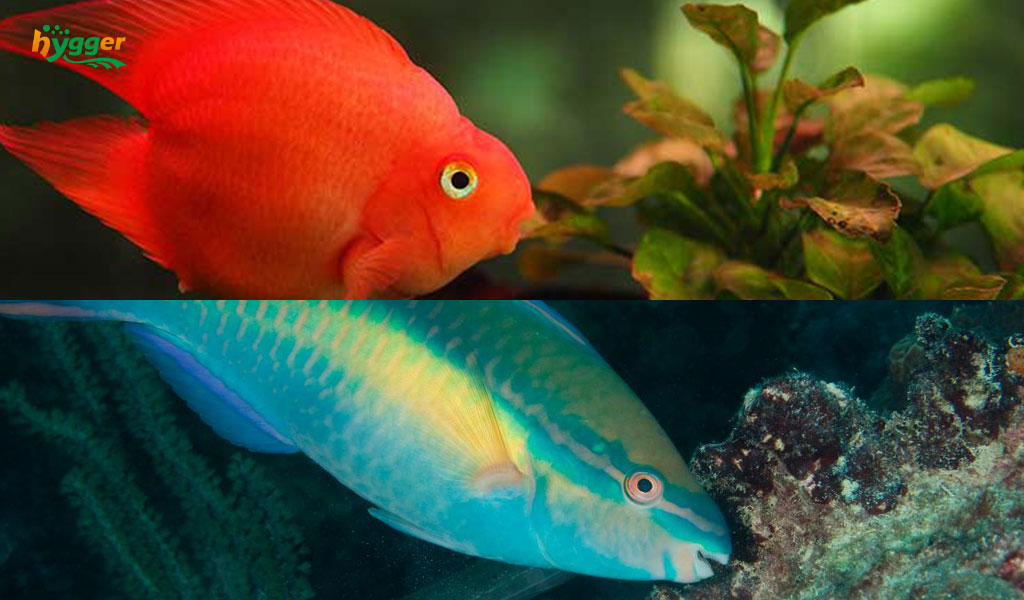
Courtship & Spawning
Parrot fish engage in elaborate courtship displays before spawning. The male may intensify its colors, display aggressive behavior, or construct nests. Once courtship is successful, the female releases eggs and the male fertilizes them externally. The eggs are then attached to the chosen spawning site.
Egg care
After spawning, it is crucial to ensure the eggs remain undisturbed and protected. Some parrot fish species guard and care for their eggs, while others may not. If the parents show signs of aggression towards the eggs, it may be vital to transfer them to a separate incubation tank or use artificial incubation methods.
Fry rearing
Once the eggs hatch, the fry will need specialized care. Provide suitable food for the fry, such as finely crushed flakes, baby brine shrimp, or other small live foods. You should maintain great water quality and monitor their growth and development closely.
Rare species of parrot fish
| Rare parrot fish | Features |
| Clarion Parrot fish (Scarus coelestinus) | The Clarion Parrot fish is known for its stunning blue coloration and elongated body shape. It is native to the waters around the Clarion Island in the Pacific Ocean. |
| Japanese Parrot fish (Scarus prasiognathos) | This species is found in the waters around Japan and exhibits a unique combination of green, blue, and yellow colors. It has a distinct beak and is sought after by enthusiasts for its rarity. |
| Indian Parrot fish (Scarus ghobban) | Featuring a vibrant combination of blue, green, and yellow hues, the Indian Parrot fish is native to the Indian Ocean. |
| Bicolor Parrot fish (Cetoscarus bicolor) | It features a striking color contrast with a blue or green front half and a pale yellow or white rear half. |
| Midnight Parrot fish (Scarus coelestinus) | The Midnight Parrot fish is known for its striking coloration, with a predominantly dark blue or purple body and vibrant blue markings. It is native to the waters around the Hawaiian Islands. |
| Bullet head Parrot fish (Chlorurus sordidus) | It is characterized by its bulbous forehead, which gives it a distinctive appearance. It has a predominantly greenish body with blue and yellow accents. It is found in the Indo-Pacific region, including the Great Barrier Reef. |
| Yellowbelly Parrot fish (Scarus xanthopleura) | With unique coloration, it has a yellow belly, greenish body, and blue markings. Also, it is typically found in the waters of the Maldives, Sri Lanka, and the Andaman Sea. |
| Dusky Parrot fish (Scarus niger) | It stands out with its dark brown or dusky coloration, which is quite rare among Parrot fish species. Also, it possesses a yellow tail and can be found in the Indo-Pacific region. |
| Leopard Parrotfish (Scarus taeniopterus) | It is notable for its intricate leopard-like spots and patterns on its body. This parrot fish exhibits various shades of green, blue, and yellow. It is primarily found in the waters of the Indian Ocean and the Red Sea. |
End of the line
Parrot fish do have teeth, and most parrot fish are saltwater fish. Furthermore, parrot fish can be kept by beginners. But some considerations are necessary, including compatibility and temperament, tank condition requirements and tank layout, fish diet and feeding, plus daily maintenance.

